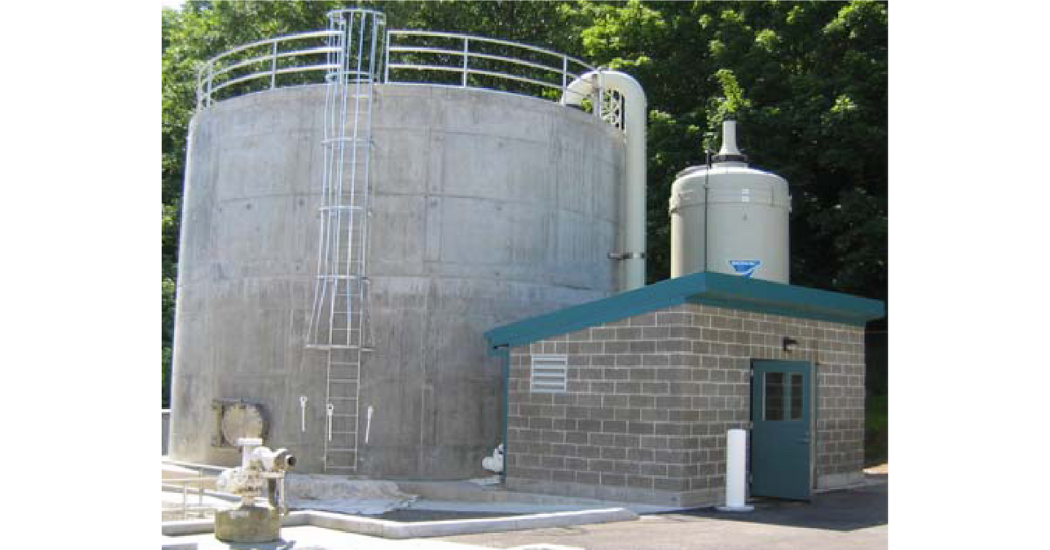TWAS can be much harder to mix than primary sludge, leading to disappointment and redesign. Computer simulation combined with a viscous sludge fluid model came to the rescue.
The Vaughan Rotamix® mixing system for the blend tank at the Salmon Creek Wastewater Treatment Plant, Vancouver, WA, should have had plenty of mixing flow for stirring up the sludge considering the relatively small size of this tank. Rotamix® is a hydraulic jet mixing system with floor-mounted nozzles powered by a Vaughan Chopper Pump. The Rotamix system replaced a troublesome propeller mixing system in this tank. The blend tank is used to evenly mix primary and other sludges before they are pumped into the primary anaerobic digester. And yet the treatment plant was calling to report that the mixing system provided was not working to their satisfaction. They were seeing no upper surface mixing once the tank level got higher than about 6-8 ft. in this 23′ dia. x 23′ high, 70,000 gallon cylindrical tank. While the system worked “like a Jacuzzi” when mixing sludges that flowed similar to water, investigation by several Vaughan and consulting engineers and Vaughan’s process specialist revealed two primary problems: (1) the polymer thickened waste activated sludge (TWAS) going into this tank was much more viscous than anticipated, and (2) TWAS, which floats, was being added through a standpipe located above the upper surface of the sludge in the tank, leaving the TWAS unmixed at the top of the tank.
